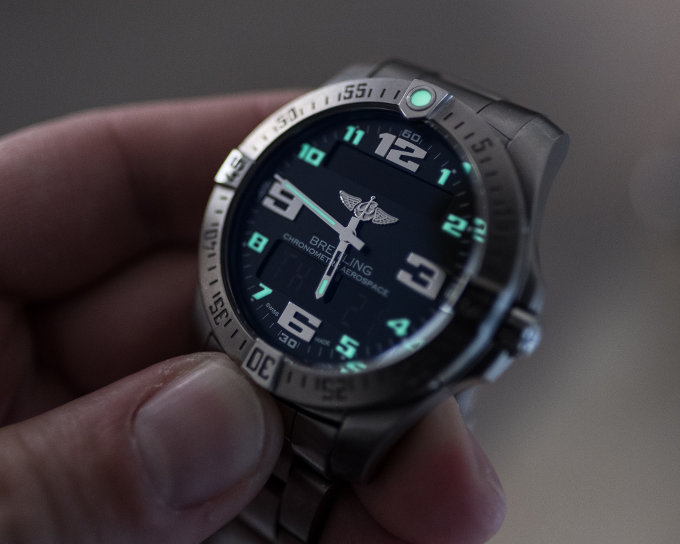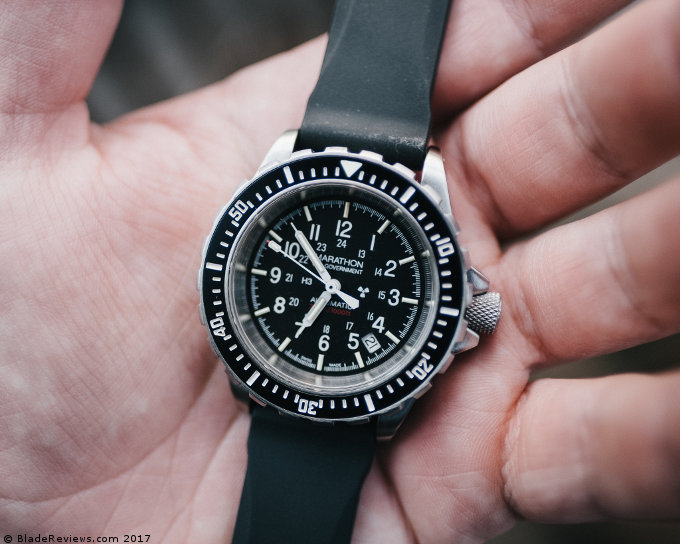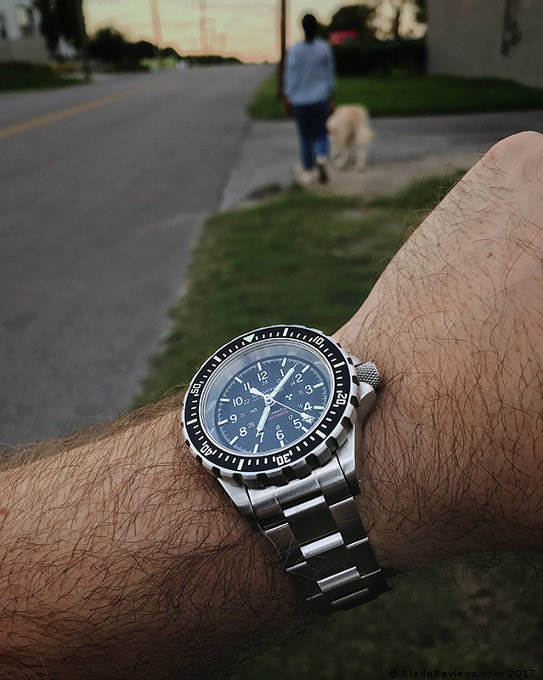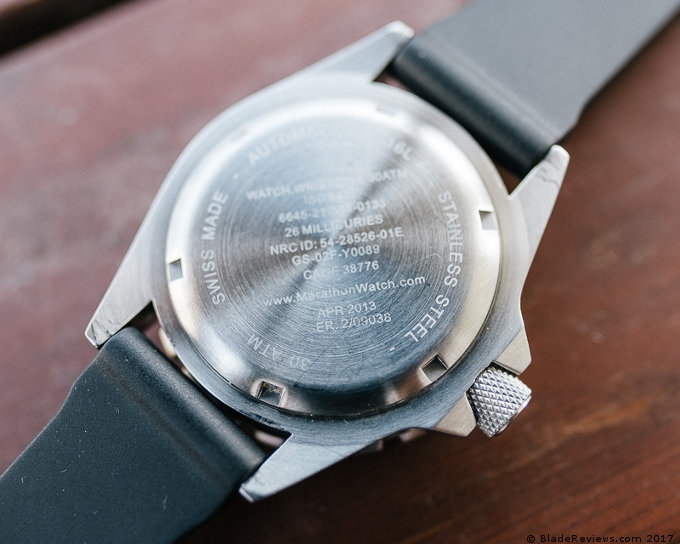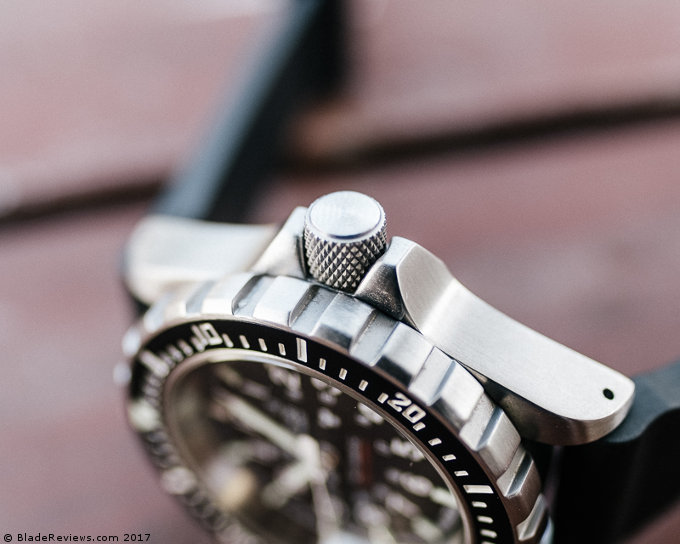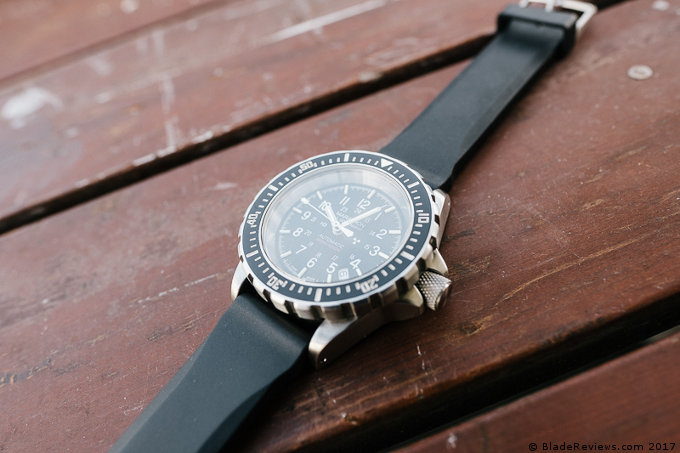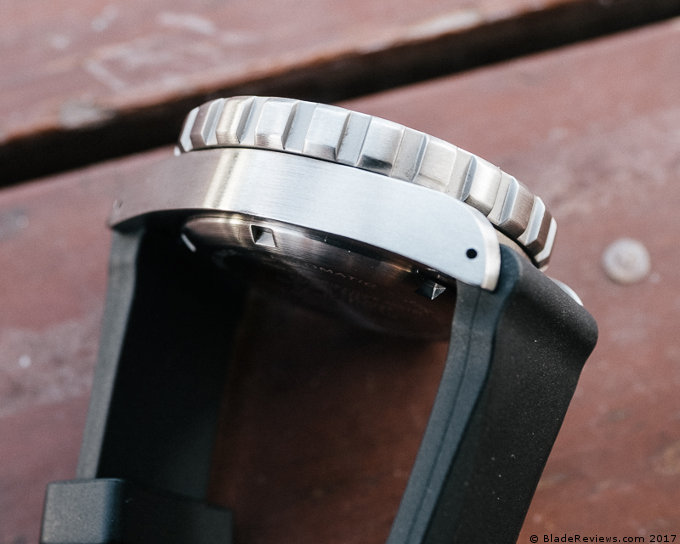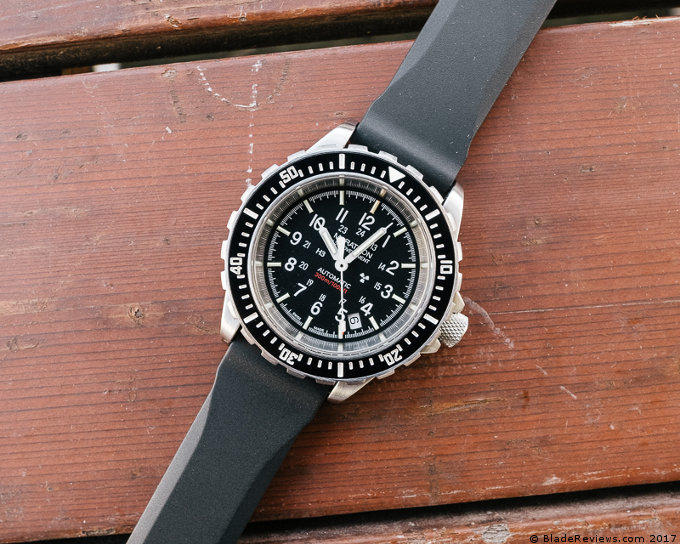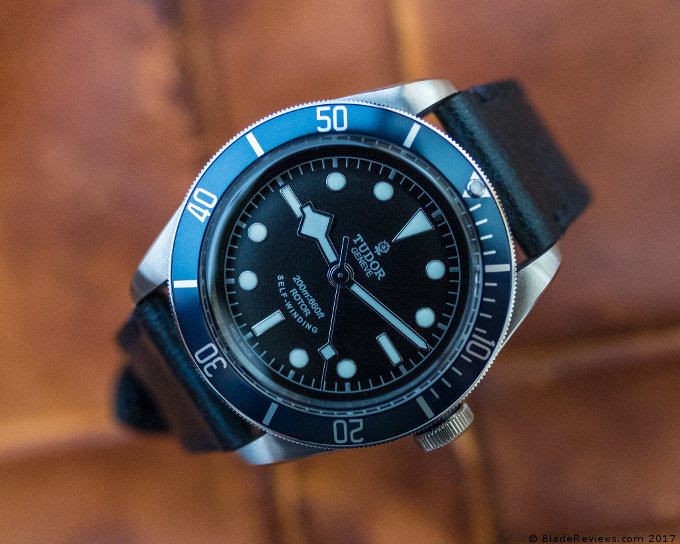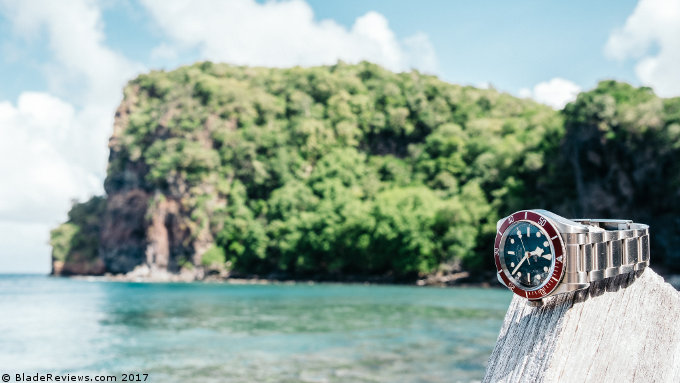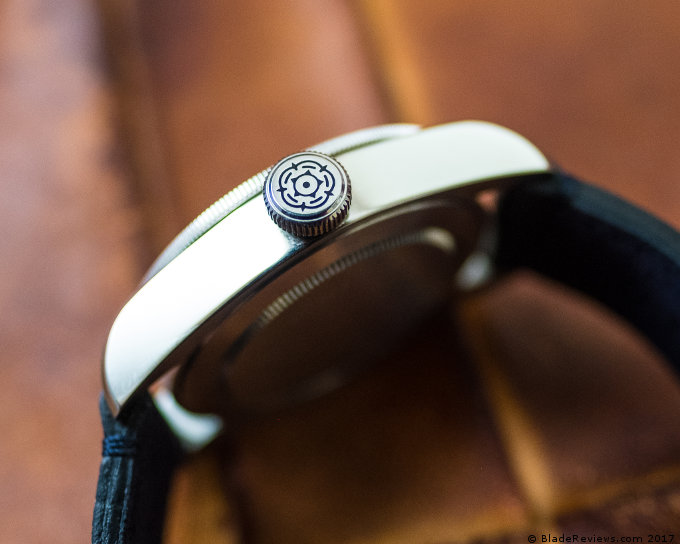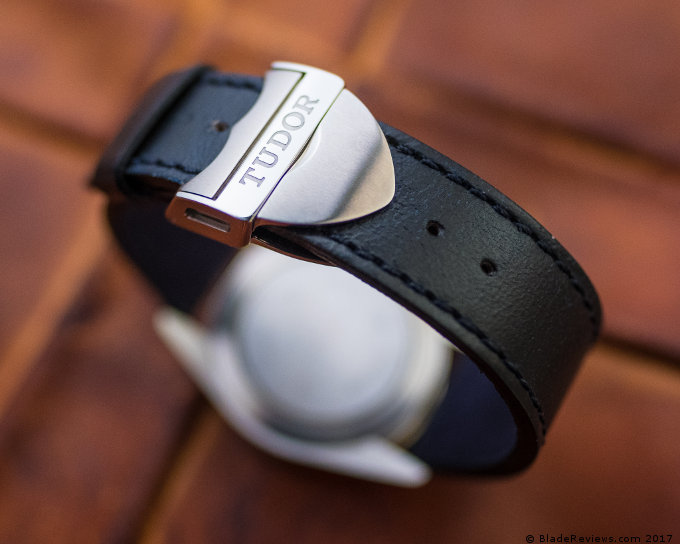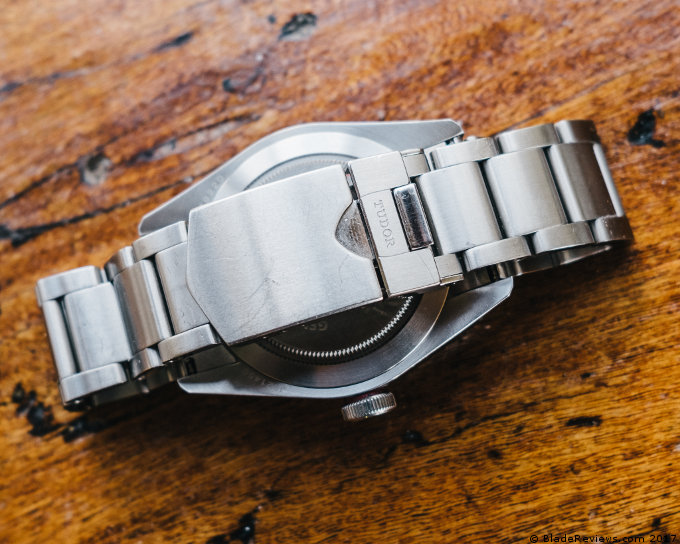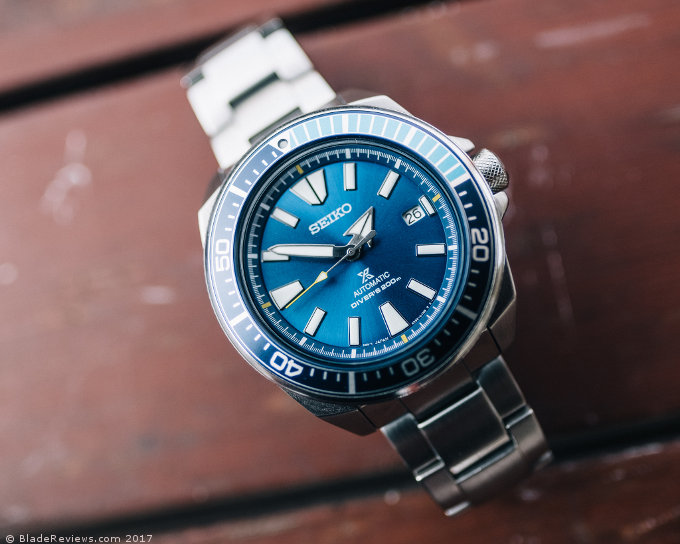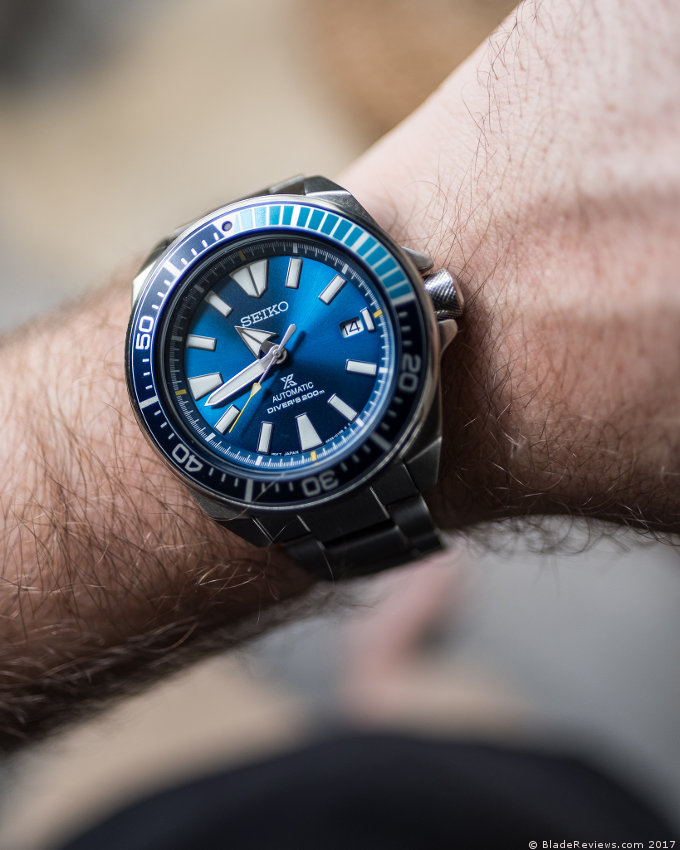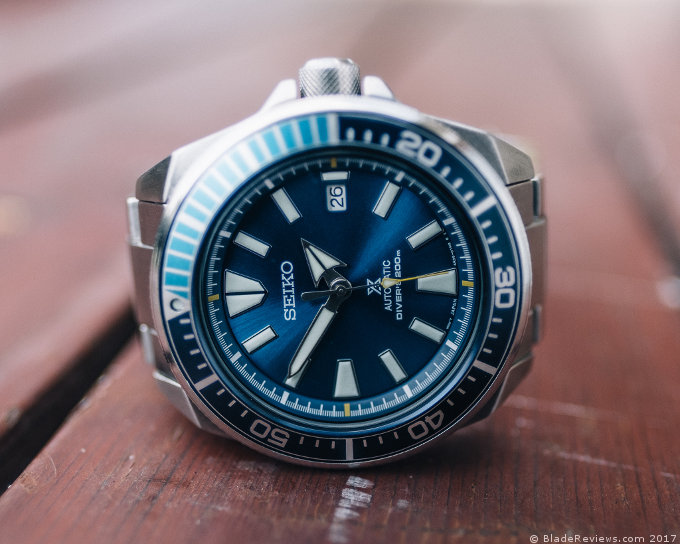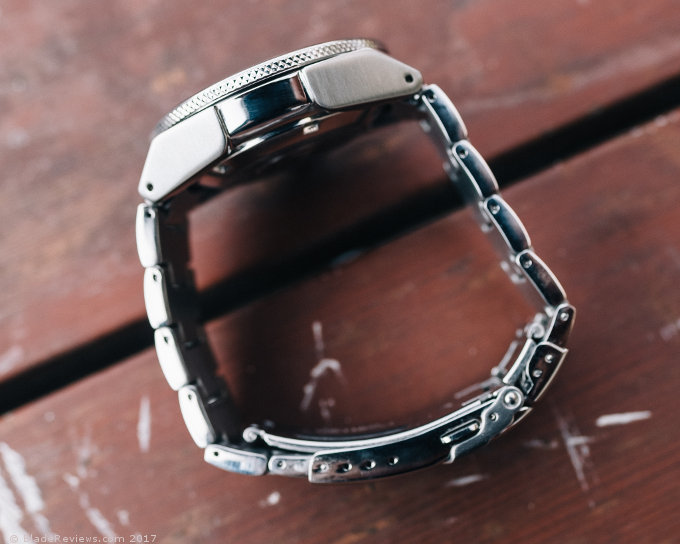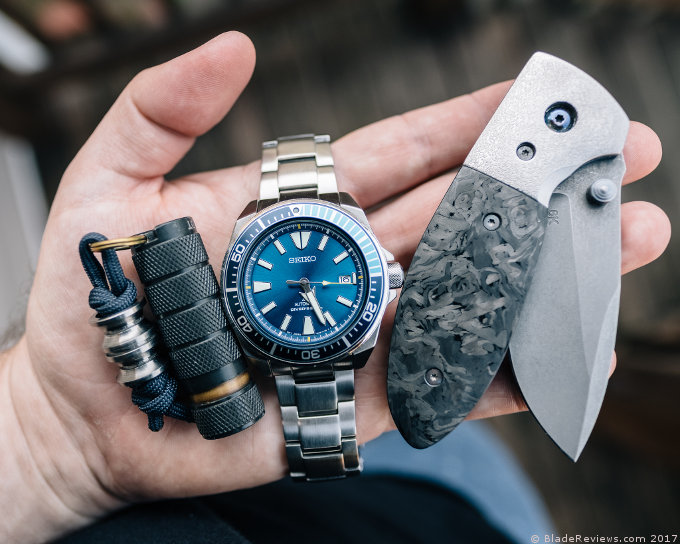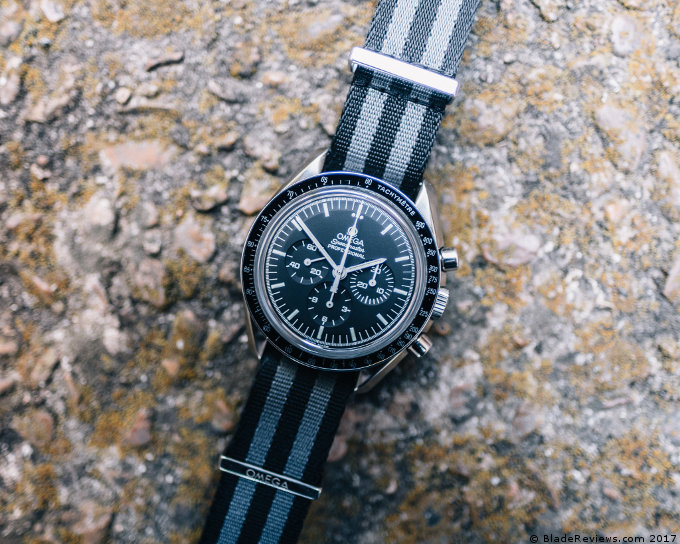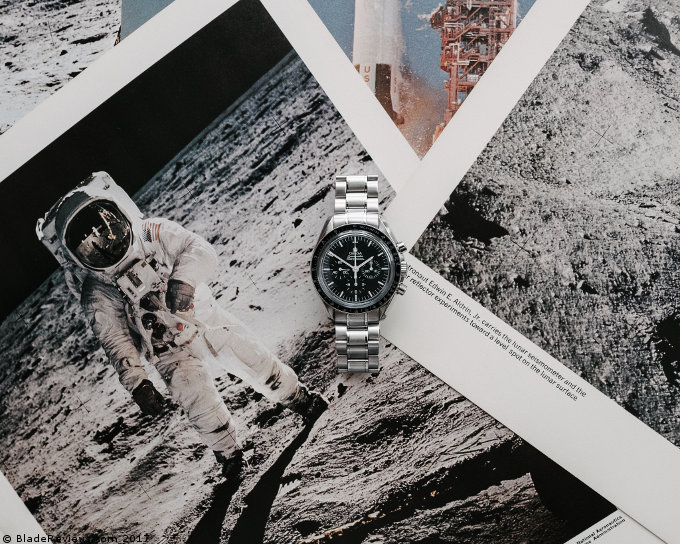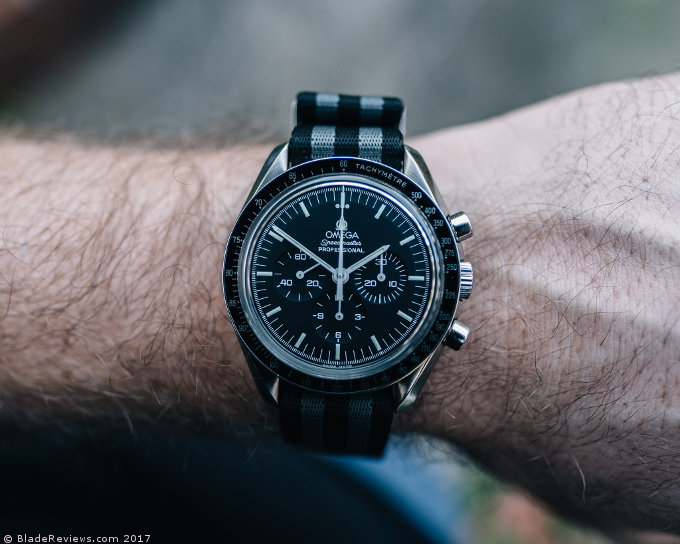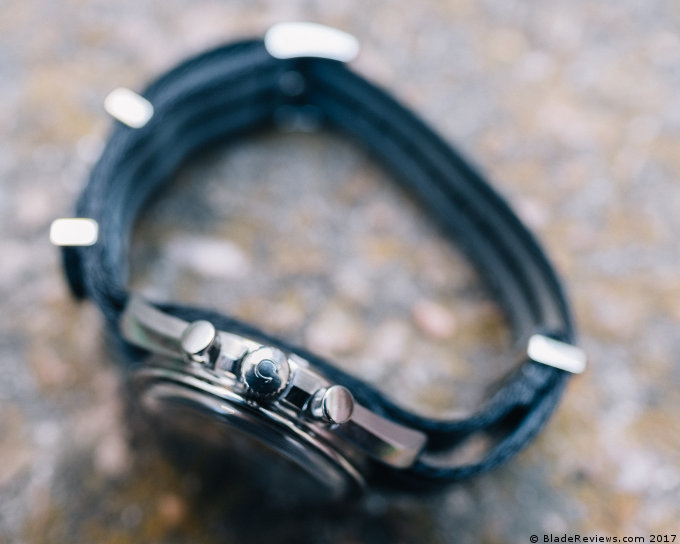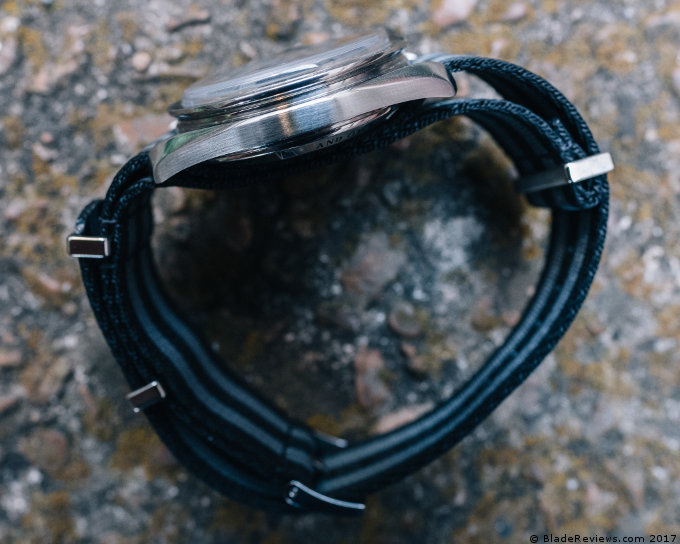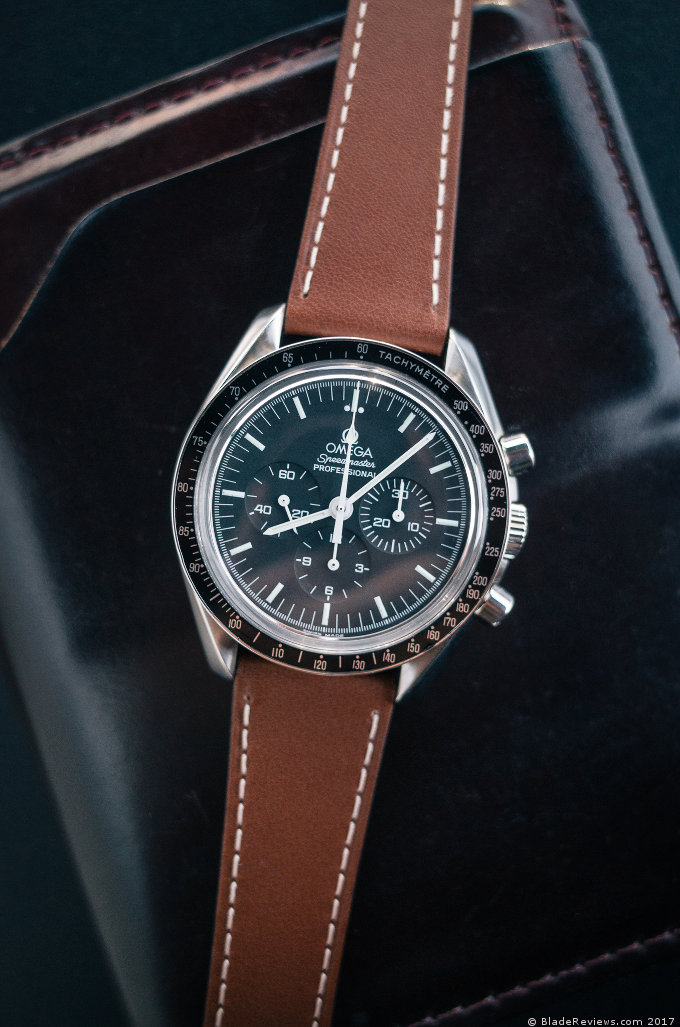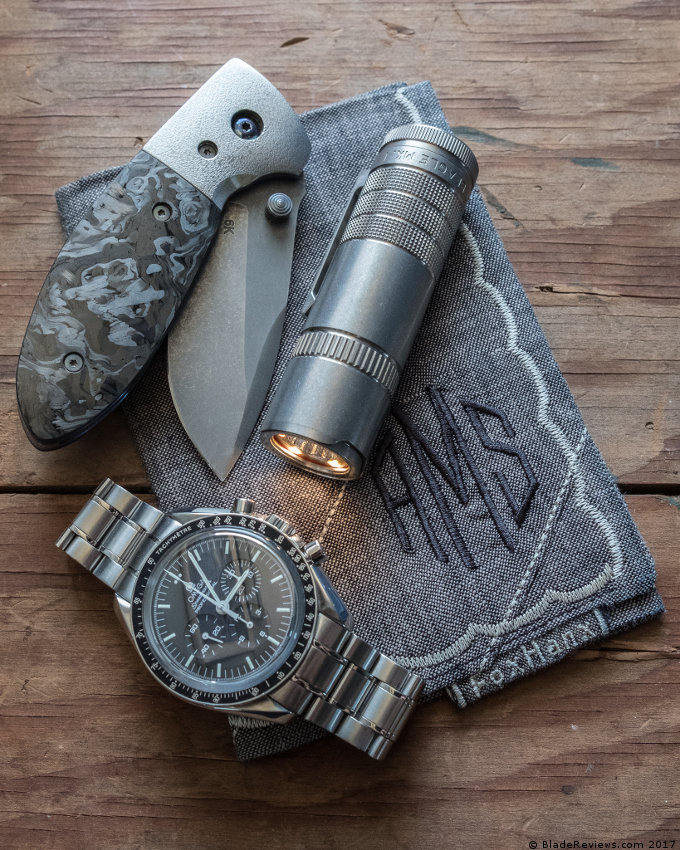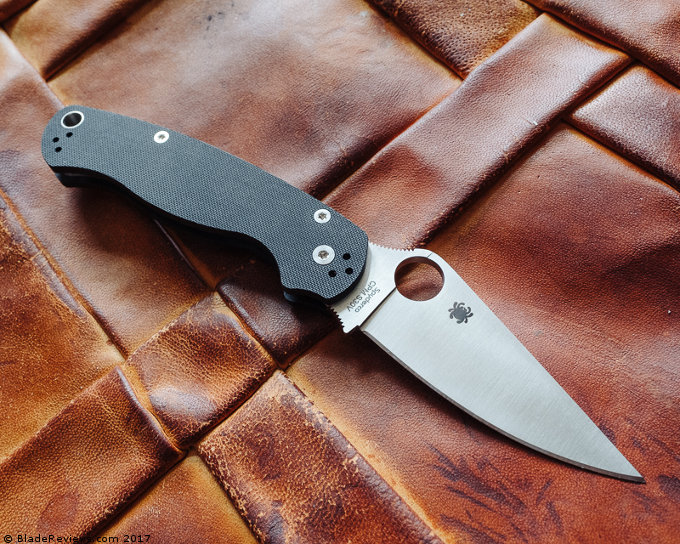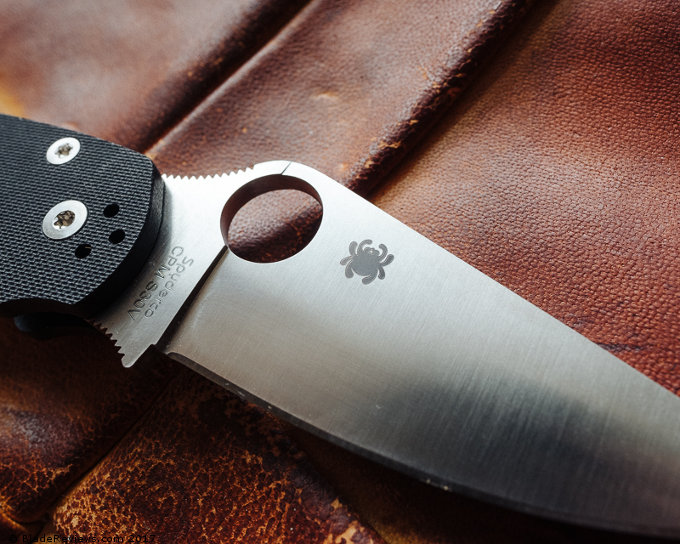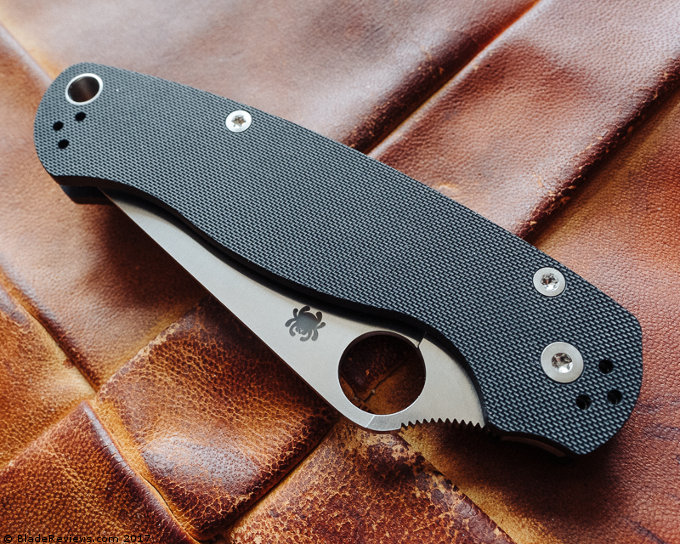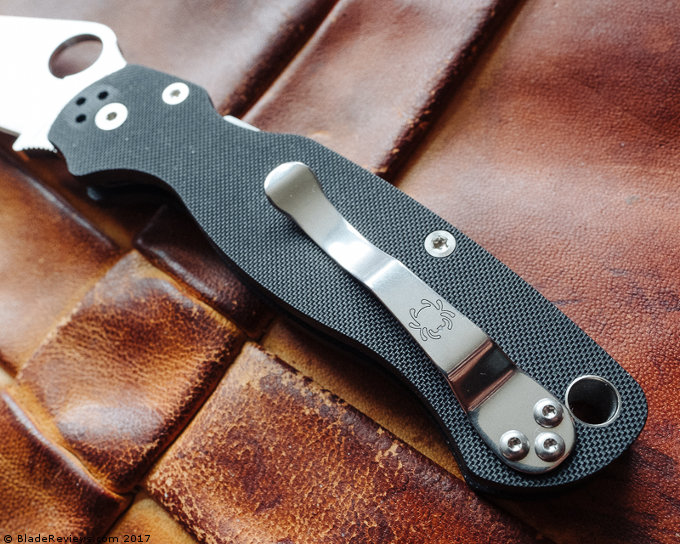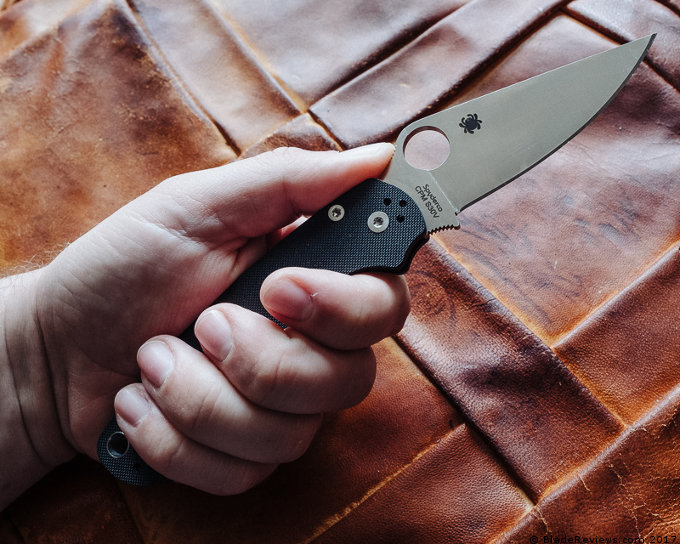In 2007 Steve Jobs got on the stage at Apple’s Cupertino headquarters and changed the world with the release of the first iPhone. There are several reasons why the iPhone was revolutionary, but one of the biggest innovations that it brought to the mobile phone landscape was user interface. I believe that Breitling did the same when they released the Aerospace line back in 1985. The Aerospace is by no means a “new,” release, but when I first experienced the watch it changed the way I thought I could interact with a time piece…
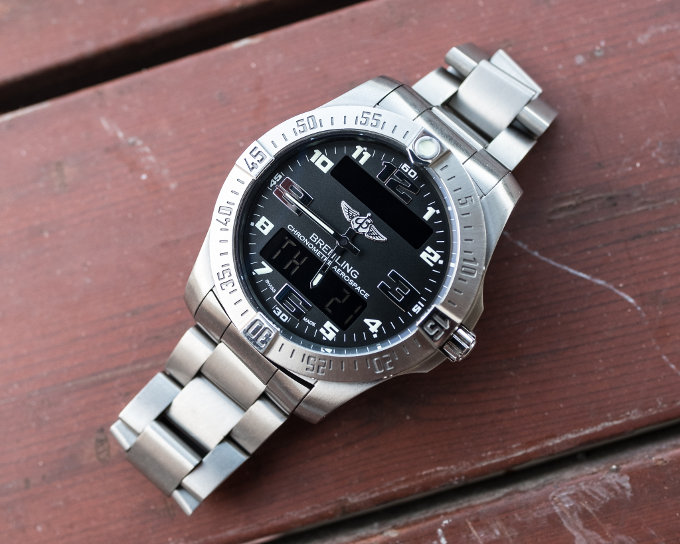
Buy the Breitling Aerospace EVO at JomaShop.com
No products found.
Breitling introduced the Aerospace line in 1985. It was marketed at pilots and world travelers who needed multi-functionality in a piece. It was set apart by it’s dual LCD displays, titanium case, and large arabic numerals on the dial. They’ve been polishing the design pretty steadily since then. My example is the newest EVO model. I bought this watch new in 2016. Before we get too far into that let’s go over some general specs:
- Case Width: 43.03mm
- Case Thickness: 10.93mm
- Lug to Lug: 51.59mm
- Lug Width: 21.94mm (for 22mm straps)
- Weight: 3.5oz on the Titanium bracelet
- Movement: Breitling 79 Thermocompensated SuperQuartz Movement
Fit
Let me skip to the TLDR portion of this review. This watch weighs 3.5oz on the bracelet and is just under 11mm thick. I can’t imagine what would make this watch wear better… I’ve been beating the drum of, “thin cases = comfy watches,” and the Aerospace really takes the cake here. 11mm of case thickness is one of the thinnest watches I’ve ever owned and worn and man, is it comfortable.
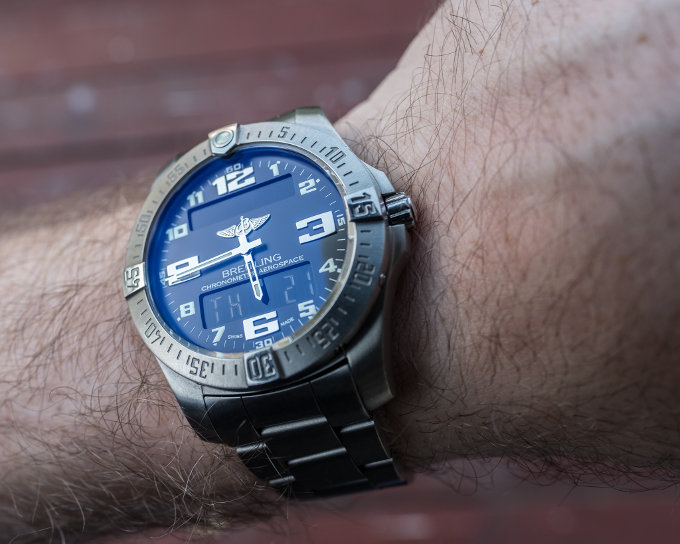
Weight is also a pretty serious factor when it comes to a watch’s comfort. As I’m sure a lot of you know Titanium is way lighter than steel, and that becomes apparent as soon as you pick it up. This 43mm watch weighs 3.5oz on the bracelet whereas my 45mm Planet Ocean head only weighs 4.5oz. It makes a difference.
Movement
There’s a line in the 2012 documentary The Art of Rap, when after interviewing Eminem, Ice Cube narrates, “Who would have ever thought one of the greatest rappers of all time would be a white cat (in reference to Eminem).” I have to say that’s exactly what I think about this watch. Who would have thought that after owning Rolexes, Panerais, Omegas, and countless others that my favorite watch would be a quartz from Breitling.
A lot of serious nerds get an enormous amount of heart-burn about quartz or “non-mechanical,” movements. I, however, want to submit that the amount of complexity and resulting immense functionality packaged in a high-end quartz bears some consideration by even the most uppity-horophiles.
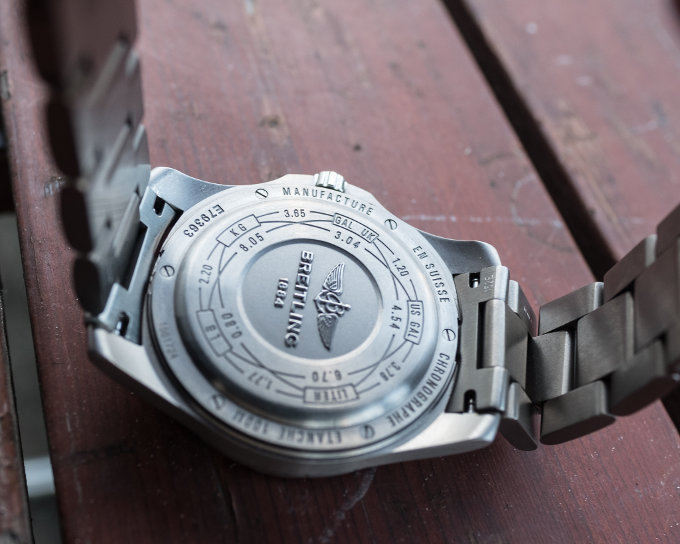
The movement Breitling developed to be used in the Aerospace EVO is a thermocompensated Quartz regulated movement called the Breitling 79. It’s a modified variation on the ETA Thermoline family of movements and it packs some serious clout.
The Breitling 79’s complications are as follows:
- Chronograph
- GMT (or second time zone)
- Alarm
- Timer
- Minute Repeater
- Date/Day (wrapped into a perpetual calendar)
- Night Vision Compatible Backlight
And all of these functions in addition to, you know, chronometer certified time keeping are controlled and set by manipulating the singular crown. Being that this is a COSC certified quartz movement you should/can expect +/- 0.07/s variation per day. Not that accuracy has ever been a struggle for quartz watches but it is worth noting the quality and attention to detail even with just the time keeping.
Case and Crown
The case on the aerospace is almost yawn-ably simplistic apart from the fact that it’s made from Titanium. It’s brushed, and slightly darker than what it would be if it was steel. And it is ridiculously light, I mean like, whoa. Just for kicks, I took the watch off the bracelet to weigh the head only and it weighed in at 1.7oz (that’s insane).
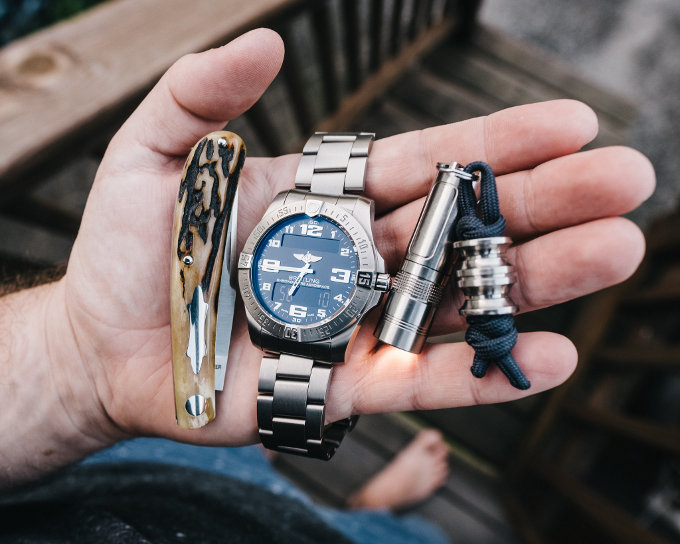
The crown, in my opinion, is slightly too small considering how much you interact with it. Apart from size it is the one way you interact with all the different complications on the watch, and it serves well in that role. You can choose between fast turning it to switch modes or jump whole hours, or slow turning it which will activate the back light. You can pull the crown out to set the time, or press it to activate the alarm or minute repeater. All in all it’s a cool UI option, but would benefit from being slightly larger to make it a little easier to use.
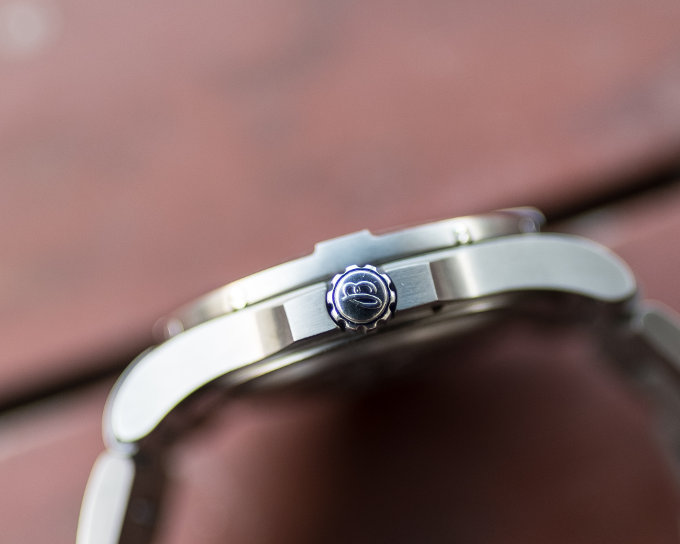
Dial, Bezel, and Crystal
So working top down on this watch the crystal is a beautifully ARed flat sapphire crystal. This particular element of the Aerospace is simplistic but effective. I can’t imagine that I would want a domed crystal on this watch.
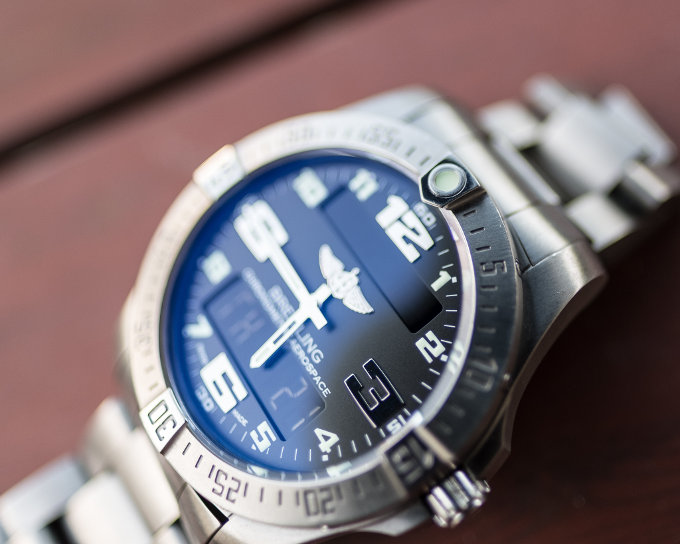
The bezel is a uni-directional steel diving bezel with numerals at every 5 minutes. There is a massive, sapphire protected, lume pip at the 0 position. I find the rotating bezel a little peculiar. On this particular watch you have two ways to time events with the chronograph and timer, so the inclusion of the diving bezel simply adds a third method. Not really a negative I suppose, just something that I thought was interesting. It looks good on the watch, and I guess that makes it worth it.
The Dial on the Aerospace EVO is what attracted me to this version over it’s earlier iterations. The dial itself is black with applied/polished details at the quarter hour and logo. There are two windows for the digital displays, as I stated earlier the displays do have a backlight that can be activated by slowly rotating the dial. The lume on this watch is off the charts. The numbers apart from the quarter hour applied markers, are lumed. All in all it offers a lot more refinement than what was offered in the earlier versions. It’s apparent that Breitling wanted to fold these superquartz models into their luxury lines, and wearing this watch you can feel that difference.
Strap/Bracelet
The bracelet that came with my example of the Aerospace is titanium and the links are screwed together construction. Again, the titanium is super light. The entire package is less than 4oz. The links are made of 3 separate pieces so when you size the bracelet you actually have to build the links. I’ve seen this sort of link construction in Damasko bracelets. It’s effective and reasonably easy to size yourself, but it is a little fidgety to get it right.
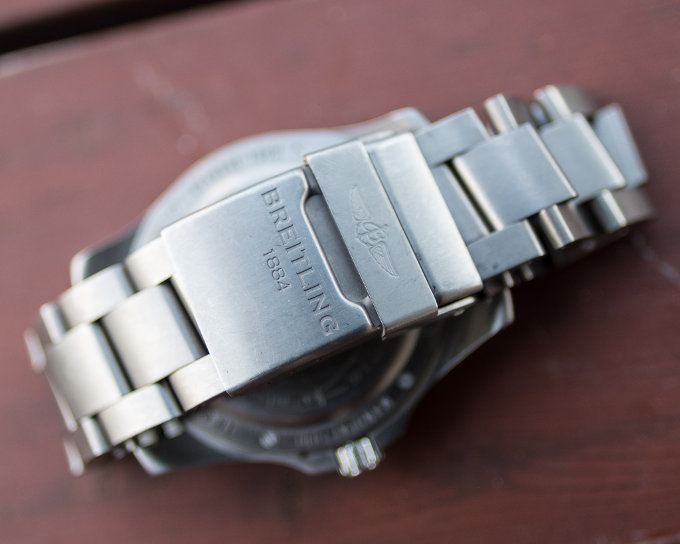
On wrist the bracelet is comfortable, and the clasp leaves a little to be desired. The late 90’s version of the Aerospace had springy clasps that would expand slightly as your wrists swells or shrinks with temperature. I think the EVO would benefit from a modern interpretation on that clasp. This clasp is a simple folder over Ti construction, that’s really pretty ho-hum.

Additionally, I bought a Breitling rubber strap to go with the watch. I had one of these on an older Aerospace and really loved how it wore. That feeling is echoed on the newer Aerospace. Between the bracelet and the rubber strap you have plenty of excellent OEM strap options to wear the Breitling on. I have found that it rides very nicely on a Cincy Black “Stealth Bond.”
Breitling Aerospace EVO Review – Final Thoughts
I’m not really sure that a conclusion is necessary with this particular time piece. For years I was a pretty staunch mechanical only watch collector. I’ve generally kept the occasional g-shock around as a “beater,” but never really considered how one could fit into my collection. The Aerospace changed that.
This is truly an excellent watch that would handily serve as a one-watch. However, it would fill a great slot in a varied collection as well. With the large variety of functionality and it’s focus on precision this is really something that would do anything (and everything) that you’d need it to. I really cannot recommend it more.
No products found.
I recommend purchasing the Breitling Aerospace EVO at Amazon or JomaShop.com. Please consider that purchasing anything through any of the links on this website helps support BladeReviews.com, and keeps the site going. As always, any and all support is greatly appreciated. Thank you very much.
